Pho noodles originated from rice rolls?
Considered the “foundation” of a bowl of pho, pho noodles bring special and surprising things when learning about their ancient origins. Writer and researcher Nguyen Ngoc Tien once shared that one of the hypotheses about the origin of pho is buffalo noodle soup for porters in the ferry terminal area, Red River bank (Hanoi), later the noodle sellers replaced it with thinly sliced Thanh Tri rice rolls and buffalo meat with beef for cheaper price.
Thanh Tri rice rolls used for pho are later also cut thicker to suit the hot broth and eaten with soft beef but still have a certain toughness.
 |
Preparing pho noodles to serve diners at Pho Festival 2025. |
Culinary researcher Vu The Long shared at a conference on pho that rice flour for making pho noodles must be ground in a stone mortar to be delicious. The worker must continuously pour water into the mortar while turning the mortar, so that the soaked rice inside the mortar mixes with the water that flows out to form a thin paste.
An indispensable secret in making pho noodles is that when grinding the water flour, people must add a certain amount of cold ground rice to the flour. Cold ground rice will make the pho noodles chewy and when eating a piece of pho noodle, we have a crunchy feeling in our mouth.
In the past, there were people who ate carefully, and when they went to a pho restaurant, they ordered a lot: clear broth, unsliced onions, big noodles, meat spread on top of the bowl... But those were people from the old generation, so they understood everything about pho restaurants.
Writer and researcher Nguyen Ngoc Tien
In the old days, pho noodles were made by hand with a cloth mold stretched over the mouth of a large pot. The ladle for serving pho was made from a bamboo stick tied to a flat coconut shell. The lid covering the main pho noodles was also made from woven bamboo. When cooked, the pho noodles were lifted out with a bamboo tube, hung on a bamboo pole to cool before being sliced.
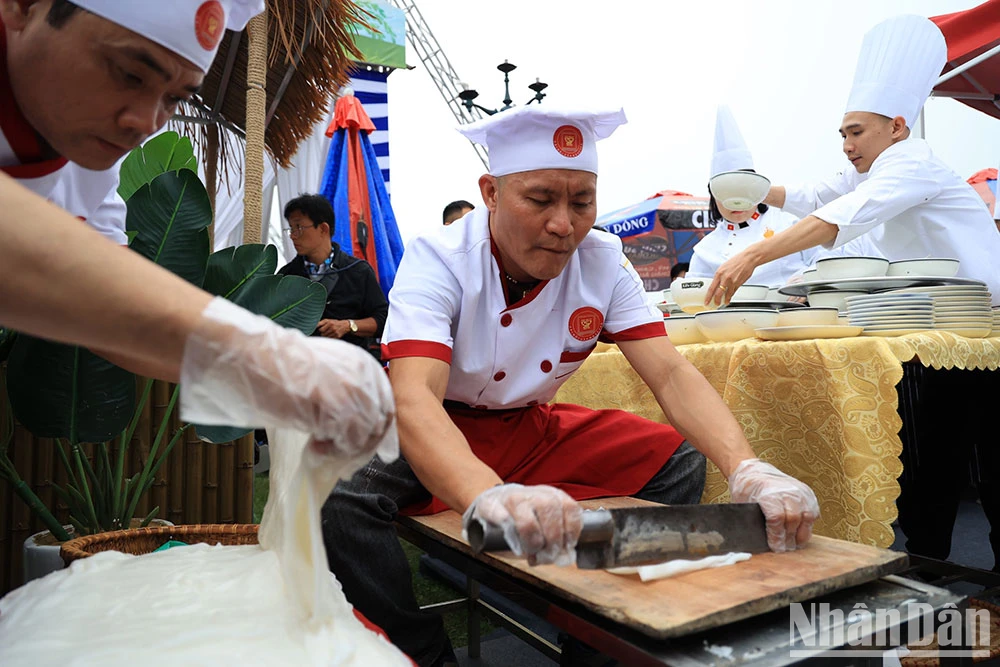 |
Slicing pho noodles. (Photo: HA NAM) |
The noodles are sliced with a special knife that has two handles at each end. The slicer rolls the noodles up and then rhythmically slices them into strips about half the width of a pinky finger.
In the past, the noodles were sliced as customers ate. Nowadays, pho noodles are industrially coated and sliced, making them small, thin and even, but they are no longer crispy. However, many pho restaurants still maintain the habit of coating their own pho noodles to create their own unique flavor.
Also about the story of pho noodles, writer and researcher Nguyen Ngoc Tien said that when he was young, his family lived next to a Chinese family that specialized in making pho noodles, so he understood the nature of pho noodles to match the bowl of pho.
Pho noodles are hand-made and cut into large pieces so that when the broth is poured over, the spices, flavorings, and fat will stick to the surface of the noodles, creating a richer, creamier taste. Nowadays, pho noodles are cut into small, thin, industrial pieces that look nice and delicious, but do not retain the spices and fat like large-cut pho noodles. Anyone who is a good eater will recognize the blandness of small-cut pho noodles.
An interesting thing, according to writer Nguyen Ngoc Tien, the older the rice used to make pho noodles, the better. Older rice will have less resin, the pho noodles will be crispier, not as sticky as new rice with a lot of resin, and therefore, the spices and fat will stick to the pho noodles better.
Broth – The Soul of Pho
The soul of a bowl of pho is the broth. The pot of broth has gone through many ups and downs of history, also carrying different eating habits and tastes depending on the conditions of each period, but what belongs to the soul remains intact until today.
In theory, any part of the beef bone can be used to make pho, but the best is the marrow bone, because the marrow from the marrow bone will make the broth sweet and rich, along with the aroma of the beef. The bone must be very fresh, frozen bones cannot produce the standard pho broth flavor.
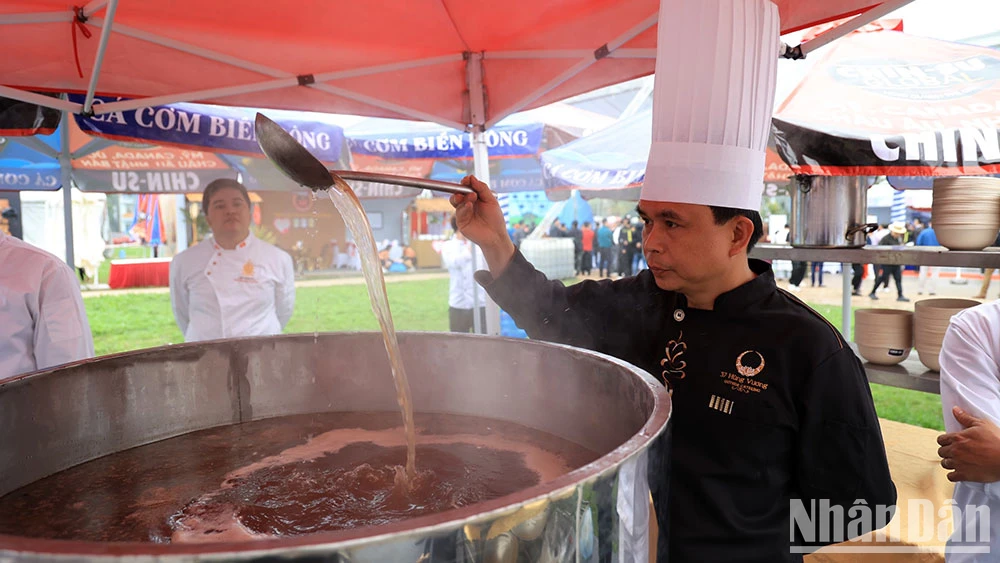 |
Pho broth consists of many different spices. (Photo: HA NAM) |
Researcher Vu The Long said that beef and pork bones are split, washed, blanched in boiling water to remove the odor, then put into a large barrel and cooked on a coal-fired stove. The bones must be simmered the night before so that the pho can be sold to customers in the morning. After the bones are simmered, they can be broken in the hand like breaking a piece of chalk because all the glue and bone marrow have dissolved into the broth.
The way to clean the bones is very important. If the bones are cleaned thoroughly, the broth will be clear and fragrant. If not cleaned thoroughly, the broth will have a strong beefy smell. The bones are usually cleaned by boiling them with salt and ginger, and then pouring away the first boiled water. After that, the bones must be thoroughly washed and all remaining meat removed. If even a little bit is left, the broth will be cloudy.
For pho makers, the most important thing is the experience of boiling pho broth. How long it takes to boil, how hot it boils, all depend on “experience”. The pho pot must always have someone watching, the boiling point must be kept at a simmer, not boiling over, because boiling over will ruin the pho pot. Charcoal-boiled bones give the best broth, but nowadays, electric heating is both convenient and clean, so not many people use charcoal anymore.
When the pot of pho broth starts to boil, you must always be present to skim off all the foam, you must skim it all. Simmer the bones for more than 10 hours, do not let the stove turn off, let it simmer until the next morning, and continue to simmer until all is sold.
 |
The favorite meat parts of pho. |
In addition to beef and pork bones, which are the basic ingredients of the broth, fish sauce is also an indispensable ingredient. Writer and researcher Nguyen Ngoc Tien said that a good pho cook must know how to choose the best fish sauce and season it just right to create a special flavor that only Vietnamese pho has. It must be natural fish sauce to create a different smell and flavor. Fish sauce has a slightly unpleasant smell, but it is great for cooking pho.
In addition, the pho broth also comes with many different spices that create a unique flavor. According to researcher Vu The Long, there are many different types of spices added to the broth with different proportions, such as star anise, cinnamon, cardamom, roasted shallots, ginger, etc. Some restaurants add shrimp heads, sea worms, or squid tentacles, etc. The pho broth is a secret of the restaurant.
In the past, there were people who ate carefully, and when they went to a pho restaurant, they ordered a lot: clear broth, unsliced onions, big noodles, meat spread on top of the bowl... But those were people from the old generation, so they understood everything about pho restaurants.
Writer and researcher Nguyen Ngoc Tien
Writer Nguyen Ngoc Tien revealed the way to cook pho broth in ancient Hanoi: Add sea worms, grilled snakehead fish, and crushed grilled onions to the pho broth, and add a little cinnamon and star anise. The traditional pho broth of Hanoians follows this tradition and is very sweet. Simmer the bone marrow, skim off all the foam, and simmer with firewood, not charcoal. Simmering the bone with charcoal makes the water cloudy, but with firewood, it is very clear. Simmer the bone with moderate heat, just like that.
Meat, spices and pho bowl
There are also many different types of meat to put in a bowl of pho. For beef pho, there are basically a few types: rare pho is mainly thinly sliced beef, pounded and blanched in hot pho broth. Rare brisket has rare beef, with a few pieces of beef with yellow fat, crunchy and fatty, with a strange aroma of boiled brisket. Rare flank is rare beef, with a little bit of meat with crispy tendons, creating a crunchy feeling when eaten. Well-done meat is lean beef boiled until well done and sliced very thinly.
In addition to the above dishes, people also eat pho with wine sauce. It is beef cooked in French wine, but when mixed with pho noodles, it becomes a French-Vietnamese dish with Vietnamese copyright.
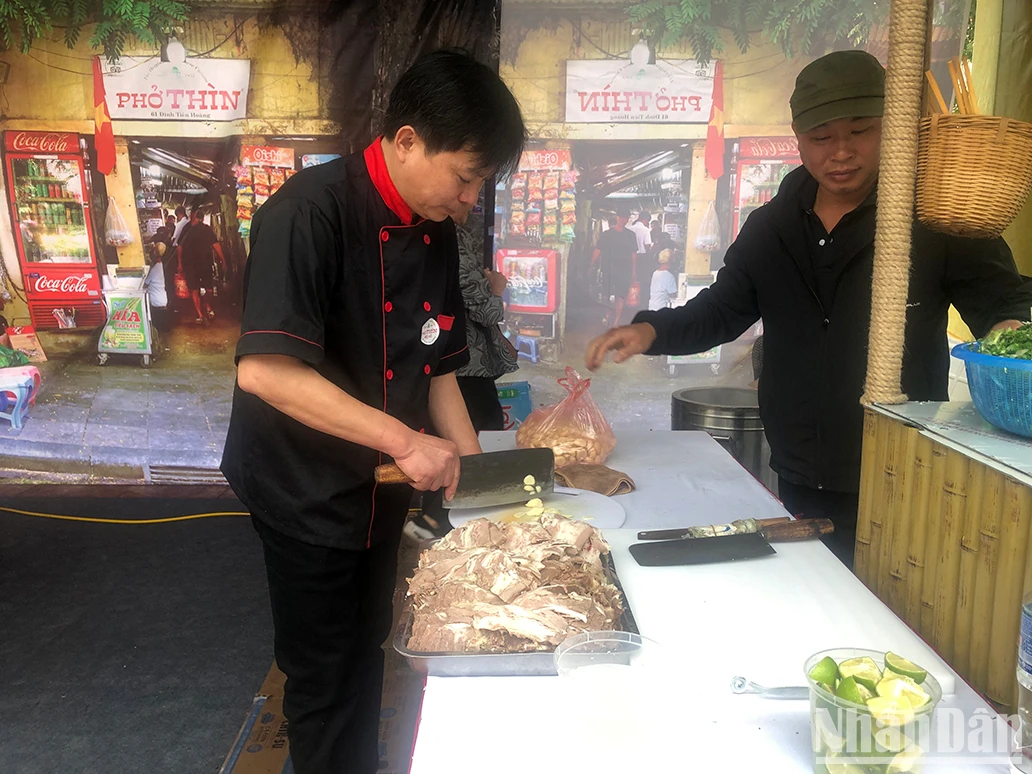 |
Regarding beef, writer Nguyen Ngoc Tien describes a very meticulous and authentic way of preparing meat by the descendants of Mr. Thin Bo Ho: The beef is cut into small pieces, spread on a cutting board, and the cook uses the knife to sweep a flat line across the meat, then puts it in a bowl and pours boiling broth over it. You can see the pink meat change color clearly," he said.
Researcher Vu The Long also said that the herbs added to pho are also very different. In the past, in Hanoi, the herbs added to pho were only chopped green onions and Lang basil. In winter, coriander was added. Later, in Hai Phong, pho cooks added Vietnamese coriander. Nowadays, people also add a few slices of onion to beef pho for a special pungent flavor, which is very pleasant to eat.
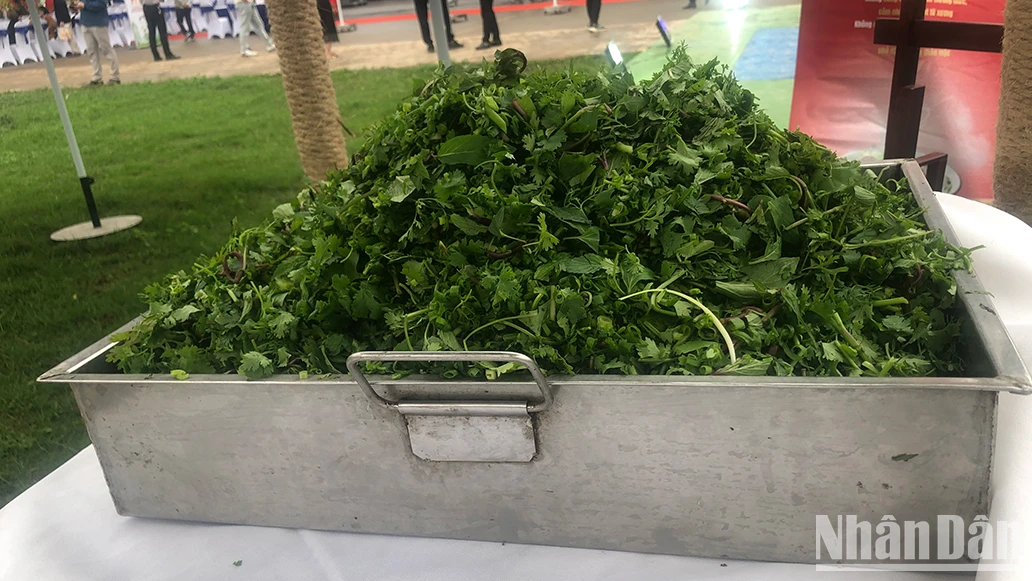 |
Pho spices. |
When eating pho, some people like to squeeze lemon wedges, some eat it with vinegar and garlic. Lemons in Hanoi have a different flavor than lemons in Saigon and when cutting these two types of lemons, they must be cut differently. People who do not like lemons can add vinegar and garlic to get the sour taste. Pho usually requires chili. There are many types of chili. Some people like to add chili sauce to pho, others like fresh chili or chili soaked in vinegar. In addition to chili, sprinkling a little pepper into a bowl of pho will give it a special aroma.
Regarding pho bowls, according to writer and researcher Nguyen Ngoc Tien, there are also certain rules. The bowl must be thick enough to keep the heat and to keep the person holding it from getting hot. Writer Nguyen Ngoc Tien said that in the past, pho bowls were called chiet yeu bowls, not too big, because pho was a gift, one should only eat in moderation, not to fill up. Chiet yeu bowls had a narrow bottom to hold just the right amount of water and noodles, so that they would still be hot when finished. Nowadays, pho bowls have also changed according to the needs and appetite of each person.
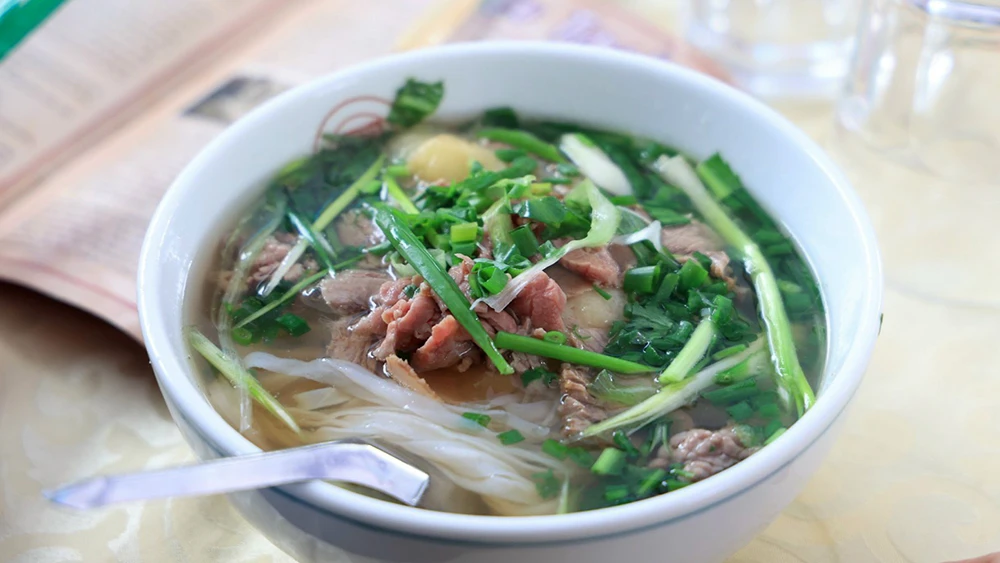 |
A good bowl of pho, as summarized by researcher Trinh Quang Dung, is to know its aroma, taste, shape and spirit. To know its aroma is to enjoy the aroma of pho, when the heat of the broth brings out the aroma of pho, of onions, coriander, chili sauce...
Tri ky vi is to enjoy the sweetness of the broth, of the meat, of all the ingredients in a bowl of pho. Tri ky hinh is to enjoy a beautiful bowl of pho with the clear white color of the pho noodles, the red color of the chili, the dark pink color of the well-done beef, the green color of the green onions... Tri ky hinh also comes from pho shops with their typical "tools" imbued with the smell of the profession, or tinged with the color of time...
Pho, the simplest but also the most sophisticated, has all kinds of rules but also no rules, but follows the "familiarity" of the cook, the eater..., just goes with the times and never leaves its "throne" in the culinary "kingdom".
Source: https://nhandan.vn/di-tim-chuan-muc-pho-ngon-post873753.html


![[Photo] Sparkling lanterns to celebrate Vesak 2025](https://vphoto.vietnam.vn/thumb/1200x675/vietnam/resource/IMAGE/2025/5/7/a6c8ff3bef964a2f90c6fab80ae197c3)

![[Photo] Prime Minister Pham Minh Chinh chairs meeting to review preparations for trade negotiations with the United States](https://vphoto.vietnam.vn/thumb/1200x675/vietnam/resource/IMAGE/2025/5/6/1edc3a9bab5e48db95318758f019b99b)


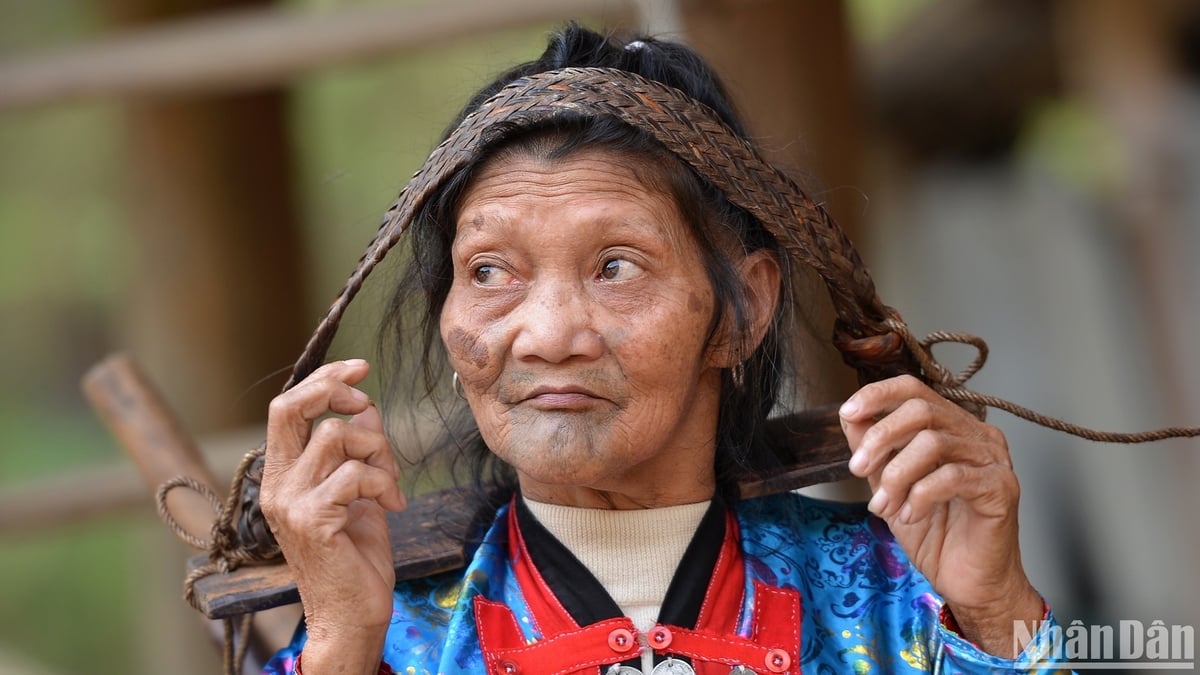





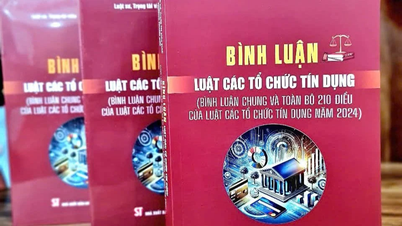









![[Photo] Sparkling lanterns to celebrate Vesak 2025](https://vphoto.vietnam.vn/thumb/402x226/vietnam/resource/IMAGE/2025/5/7/a6c8ff3bef964a2f90c6fab80ae197c3)

![[Photo] Prime Minister Pham Minh Chinh receives Mr. Tomas Heidar, Chief Justice of the International Tribunal for the Law of the Sea (ITLOS)](https://vphoto.vietnam.vn/thumb/1200x675/vietnam/resource/IMAGE/2025/5/6/58ba7a6773444e17bd987187397e4a1b)


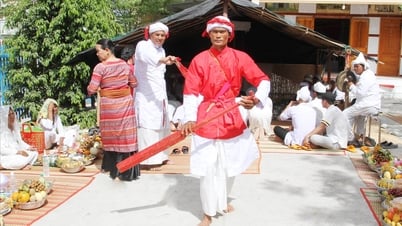
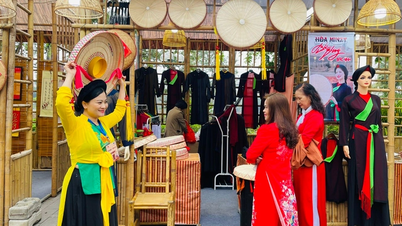





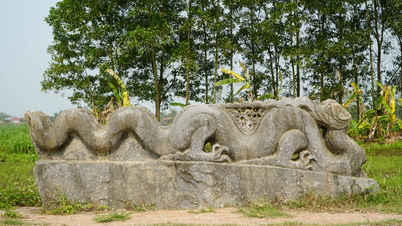






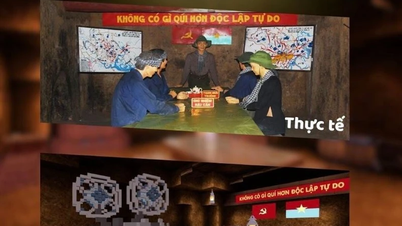










































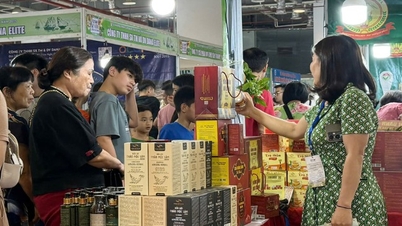
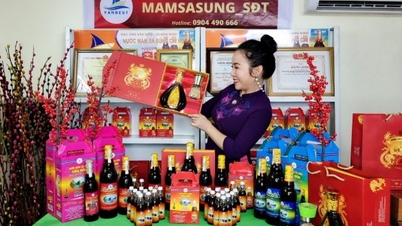


Comment (0)